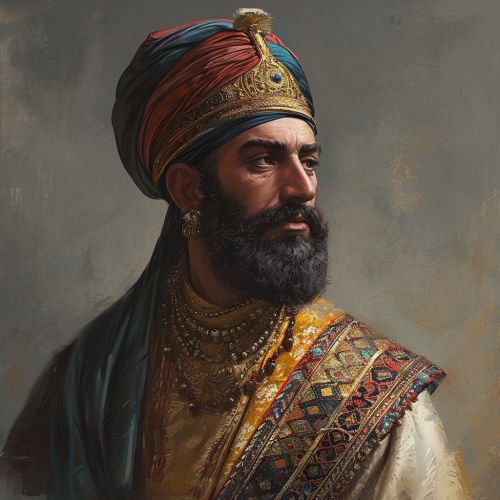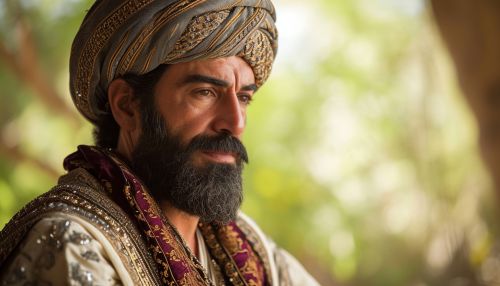Darius I
Early Life
Darius I, also known as Darius the Great, was born in 550 BC in the region of Persia. He was a member of the Achaemenid Dynasty, a powerful Persian family that ruled the largest empire in the world at the time. His father was Hystaspes, a satrap (governor) of Persia, and his mother was Rhodogune. Little is known about Darius's early life, but it is believed that he received a traditional Persian education, which included training in horsemanship, archery, and combat skills.


Rise to Power
In 522 BC, following the death of the Persian king Cambyses II, a man named Gaumata seized the throne, claiming to be Bardiya, the brother of Cambyses II. Darius, along with six other Persian nobles, formed a conspiracy to overthrow Gaumata. They succeeded, and Darius declared himself king, claiming that he was the rightful heir to the throne as a distant relative of the previous king, Cyrus the Great. This event marked the beginning of Darius's reign, which would last for 36 years.
Reign
Darius's reign was marked by significant military campaigns, administrative reforms, and cultural achievements. He expanded the Persian Empire to its greatest territorial extent, conquering regions in the Indus Valley, Thrace, and Macedonia. His military campaigns also included unsuccessful invasions of Scythia and Greece.
Darius was known for his administrative skills. He divided the empire into provinces, known as satrapies, each governed by a satrap. This system allowed for efficient tax collection and improved the administration of justice. He also introduced a uniform system of weights and measures, and standardized the empire's coinage, the Daric.
Darius also initiated several monumental construction projects. He built a new capital city at Persepolis, which became a symbol of Persian power and culture. He also commissioned the construction of the Royal Road, a vast network of roads that facilitated communication and trade throughout the empire.
Death and Legacy
Darius I died in 486 BC, and his son Xerxes I succeeded him. His tomb was carved into a cliff face at Naqsh-e Rustam, an ancient necropolis near Persepolis.
Darius's reign marked the peak of the Achaemenid Empire's power and influence. His administrative reforms laid the foundation for the empire's prosperity and stability. He is also remembered for his tolerance towards the diverse cultures and religions within his empire.
